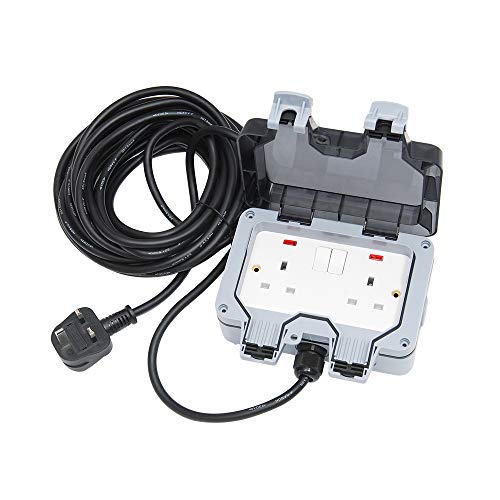Hypnotic Chimera
Directional Consultant Extraordinaire
Hello all
Looking for anyone knowledgeable enough to tell me whether I need a qualified electrician to do a job for me or whether I can legally perform the job myself.
I have electrics in my garage. Dedicated spur and fed from house CU. There's clearly a SWA connection and it runs underground, certified from when the house was built 17 years ago - I would assume this wire is sunk at the appropriate depth, etc.
The CU in the garage has 2 circuit breakers - one for lighting and one for sockets.
The garage is about 12 metres from the shed project (another thread).
Is it possible to DIY a connection from the garage CU or from the garage electrics themselves? Wires ideally located on a wooden feather-board boundary fence or the retaining wall that the fence situated above.
All I'm after in the shed is a light or two and a socket or twin for "small" duties. No power tools - just maybe a battery charger/phone charger or radio/Alexa+speaker?
For temporary lighting setup I've been using a 300W halogen bulb wander lamp, connected via a socket extension, but extension only unreeled and plugged in when I've been working inside the shed.
Thanks in advance.
Looking for anyone knowledgeable enough to tell me whether I need a qualified electrician to do a job for me or whether I can legally perform the job myself.
I have electrics in my garage. Dedicated spur and fed from house CU. There's clearly a SWA connection and it runs underground, certified from when the house was built 17 years ago - I would assume this wire is sunk at the appropriate depth, etc.
The CU in the garage has 2 circuit breakers - one for lighting and one for sockets.
The garage is about 12 metres from the shed project (another thread).
Is it possible to DIY a connection from the garage CU or from the garage electrics themselves? Wires ideally located on a wooden feather-board boundary fence or the retaining wall that the fence situated above.
All I'm after in the shed is a light or two and a socket or twin for "small" duties. No power tools - just maybe a battery charger/phone charger or radio/Alexa+speaker?
For temporary lighting setup I've been using a 300W halogen bulb wander lamp, connected via a socket extension, but extension only unreeled and plugged in when I've been working inside the shed.
Thanks in advance.





















